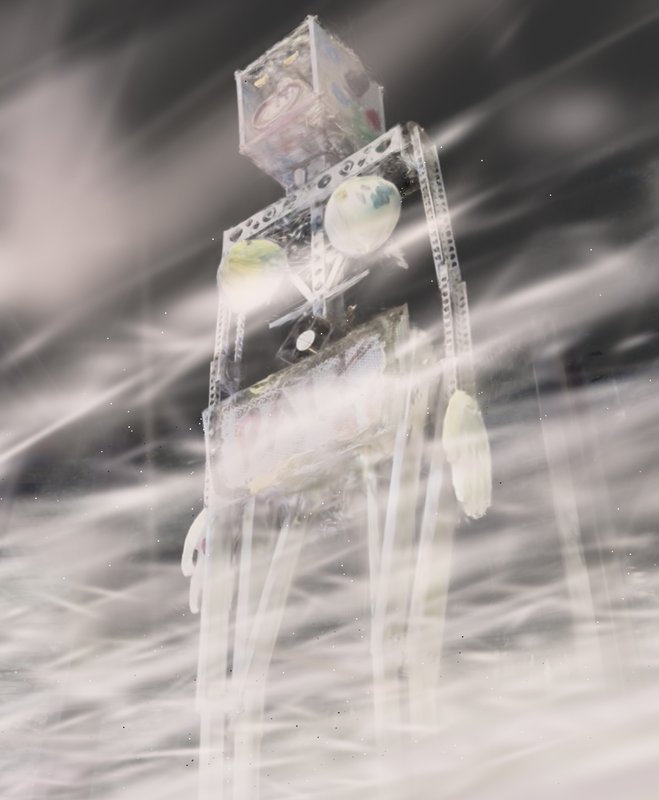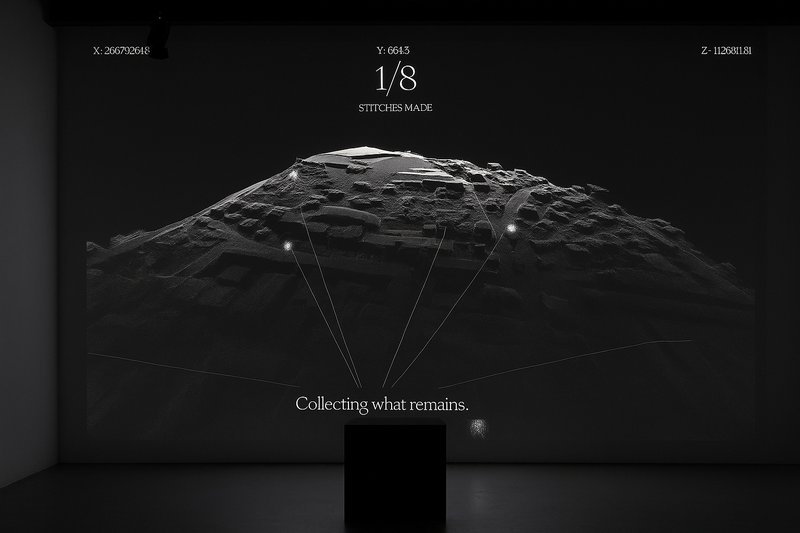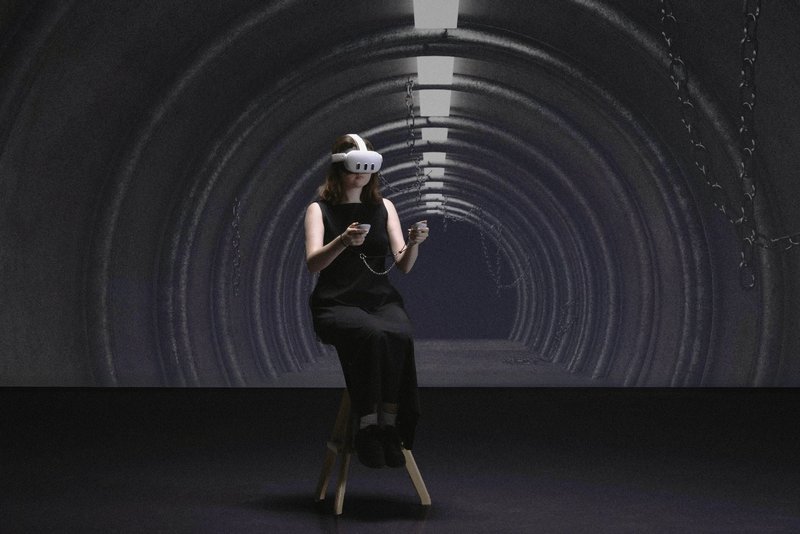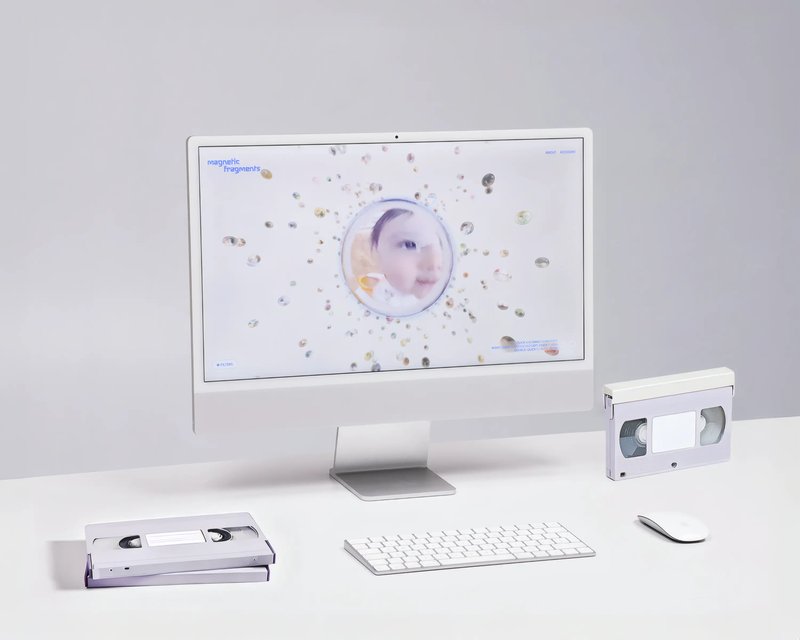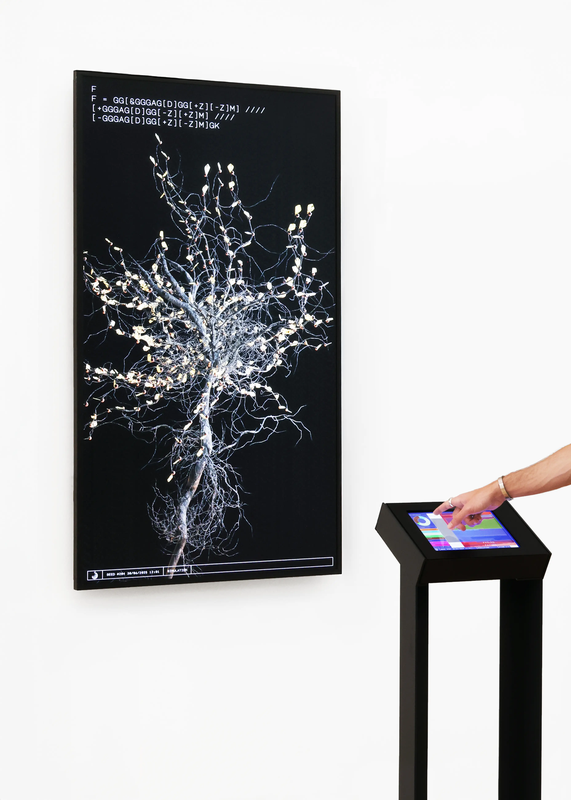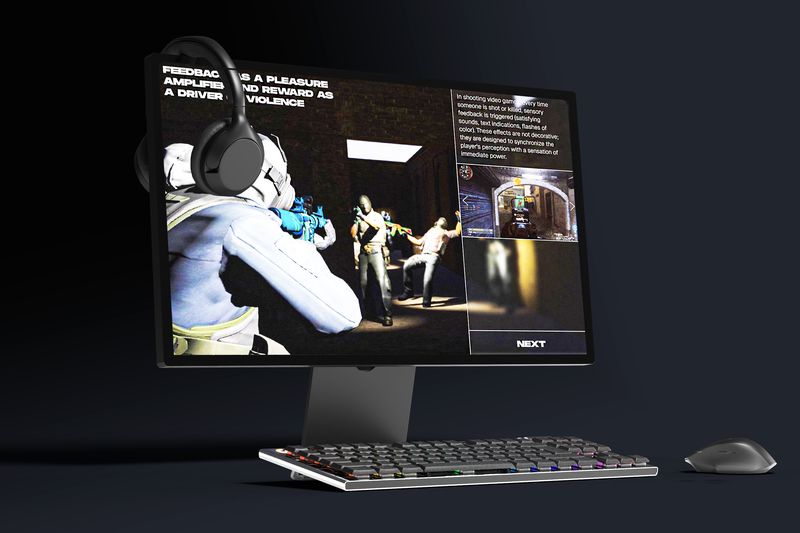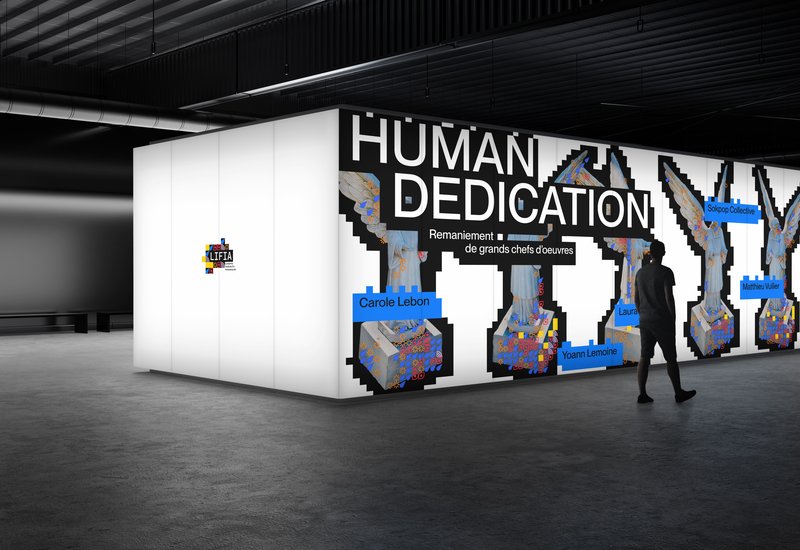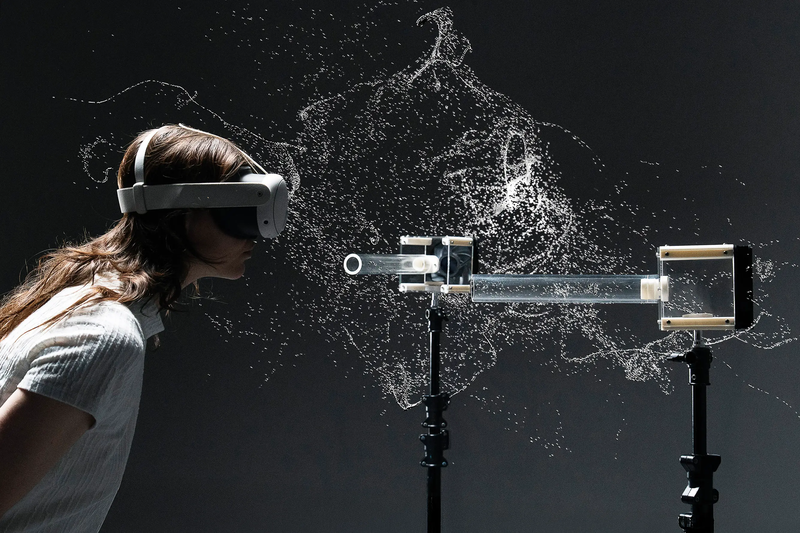
MEDIA & INTERACTION DESIGN
Alexine Sierro – Spira Memoriae
with
Pauline Saglio,
Christophe Guignard,
Alain Bellet,
Gaël Hugo,
Laura Nieder,
Lara Défayes
In a world where ecosystems are dying out and certain smells are evaporating, what is happening to the places and stories that gave them form? Spira Memoriae is an immersive olfactory experience in virtual reality that invites users to journey through a fragmented sensory world. Original fragrances, created in collaboration with perfumer Tennessee Macdougall, extend the reflection through the language of odours. Beacons of an abstract landscape, they reveal rare materials, sometimes extinct, but still present in our collective memory. Spira Memoriae explores the tensions between disappearance and persistence, industry and territory, reality and reconstruction. Smell becomes a vehicle for storytelling, transmission and shared fiction.
